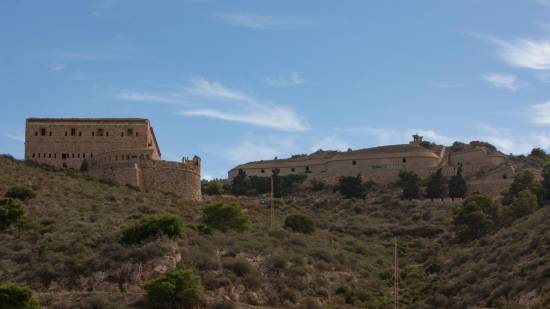
The local government is drawing up master plans to safeguard some of them.
Cartagena is a heritage city. Proof of this is the initiative launched by the City Council to make the city a World Heritage Site. This project works on the basis of Cartagena’s influence in the Mediterranean along with other places such as Lebanon and Tunisia. The fact is that the city has always been linked to the sea since its origins, as attested by the civilisations that have occupied the territory and the defensive constructions that exist on its hills and mountains.
A heritage that is highly endangered due to the degree of conservation of the same, as the red list of the Hispania Nostra association attests. In fact, a total of 25 monuments are catalogued on this list due to their state of abandonment and serious danger of collapse, which is why the group focuses on the need to recover these buildings and enclaves in order to safeguard the heritage. Thus, Cartagena is home to 39% of all the monuments included on the red list in the Region of Murcia, with military buildings being the majority, although there are also civil and religious buildings and even natural spaces. The defensive nature of the city has been key to the fact that its mountains and hills have fortifications which, at one time, were key to the population, although they are now in a state of abandonment.
This is the case of the coastal batteries, which are included in the list in their entirety. As for civil heritage, Villa Calamari, the windmills of Campo de Cartagena and the Garcipérez Tower require immediate action. Finally, the red list of Cartagena is completed with the Mar Menor, as natural heritage, which also affects municipalities such as Los Alcázares, San Javier and San Pedro del Pinatar. All these enclaves are included in the list, some of them since 2011.
